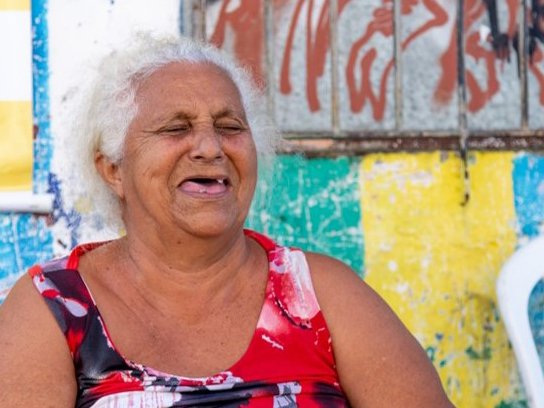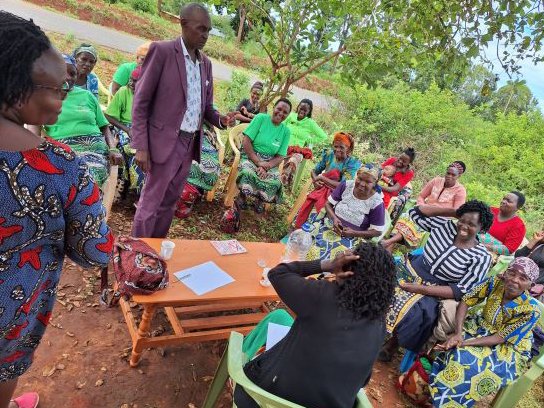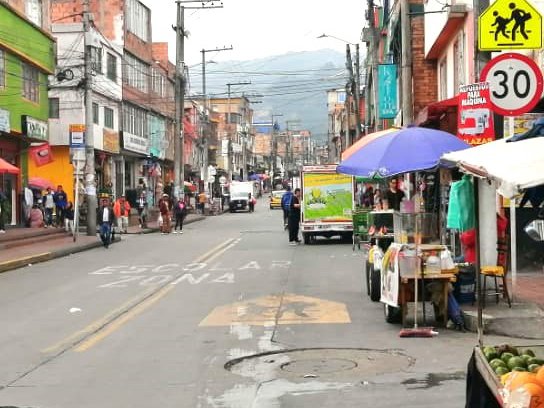Community Engagement and Involvement
Aim
This additional component aims to include local communities in the research and development process to ensure that interventions are aligned with stakeholder needs. Community Engagement and Involvement (CEI) is a critically important component of this global oral health research programme. One of the key limitations with existing oral health interventions/policies is that they have been developed almost exclusively based on professional views with minimal or no input from a community perspective. As a consequence, they are often poorly aligned with community needs and priorities leading to ineffective and poorly sustained outcomes.
In this research programme, CEI will provide input to all aspects of the planned research. The process of community engagement, empowerment and co-production with community groups and civil society organisations will be central in the development, implementation, and evaluation of the planned research activities.
Planned Activities

Woman during Community Mapping Interviews in Santa Terezinha, Brazil

Meeting Community & Sub-Chief During Community Mapping in Makueni County, Kenya

Toothpaste Poster in Poshina Village, Gujarat During Community Mapping





